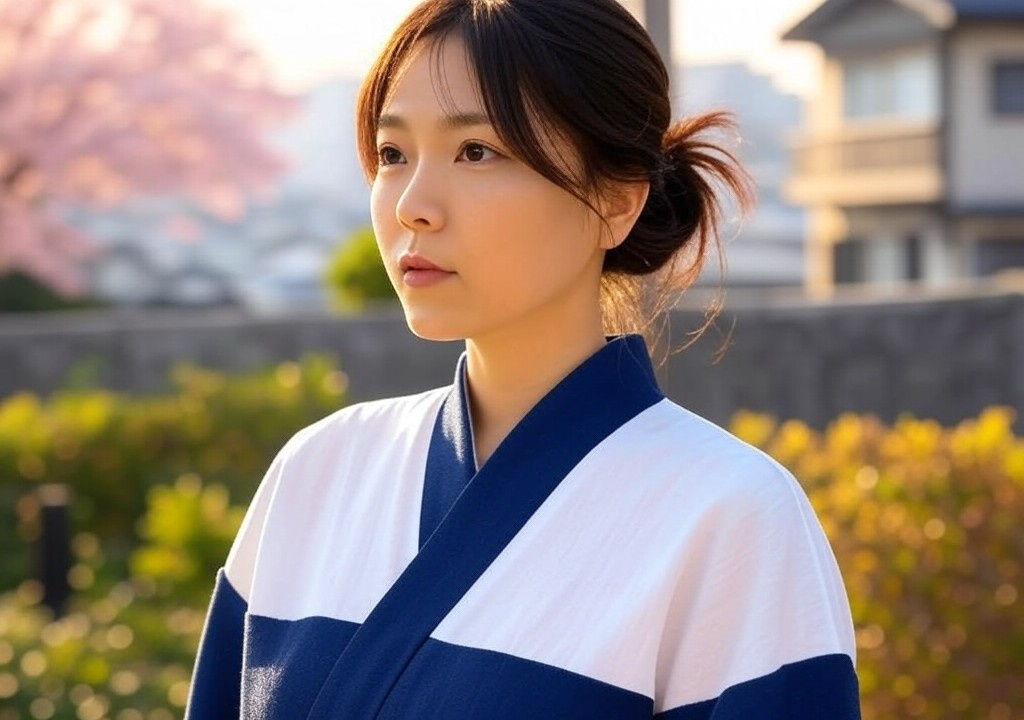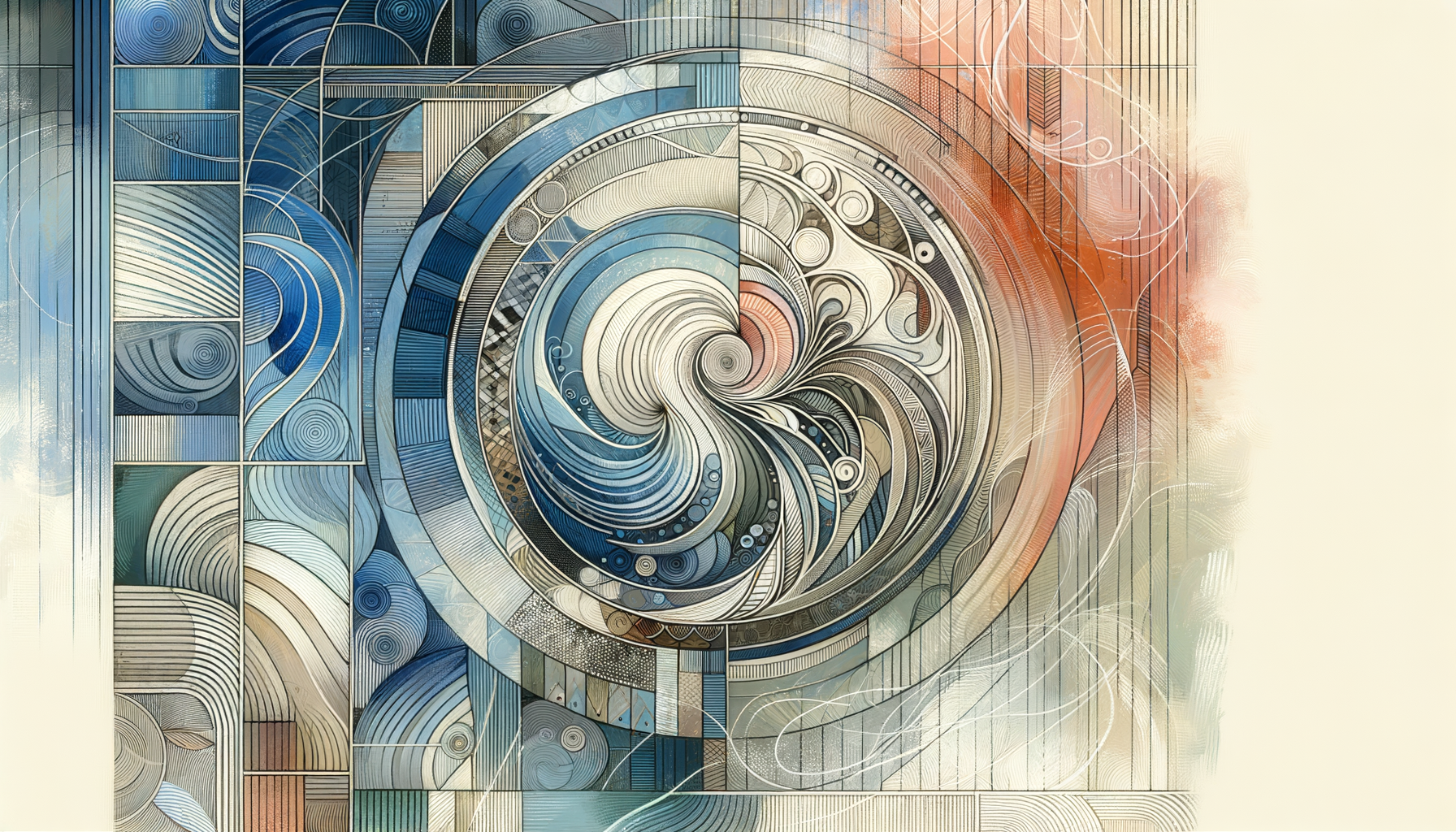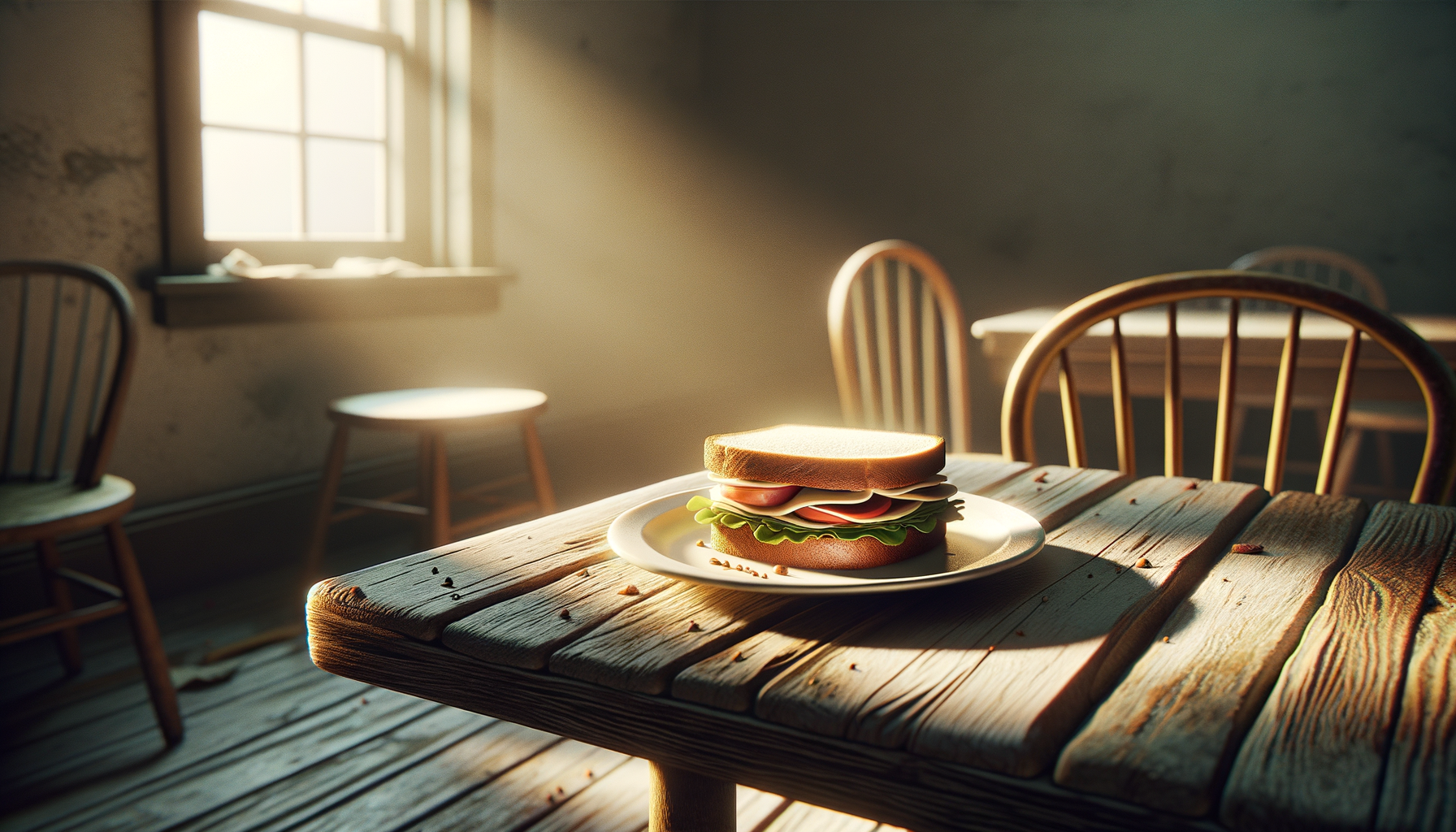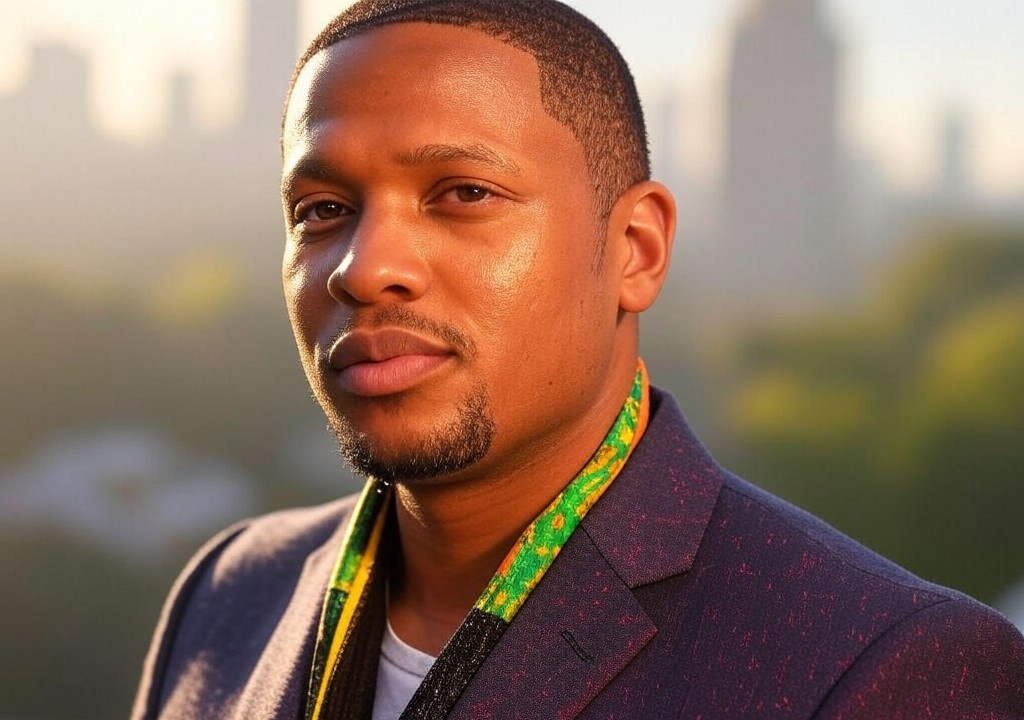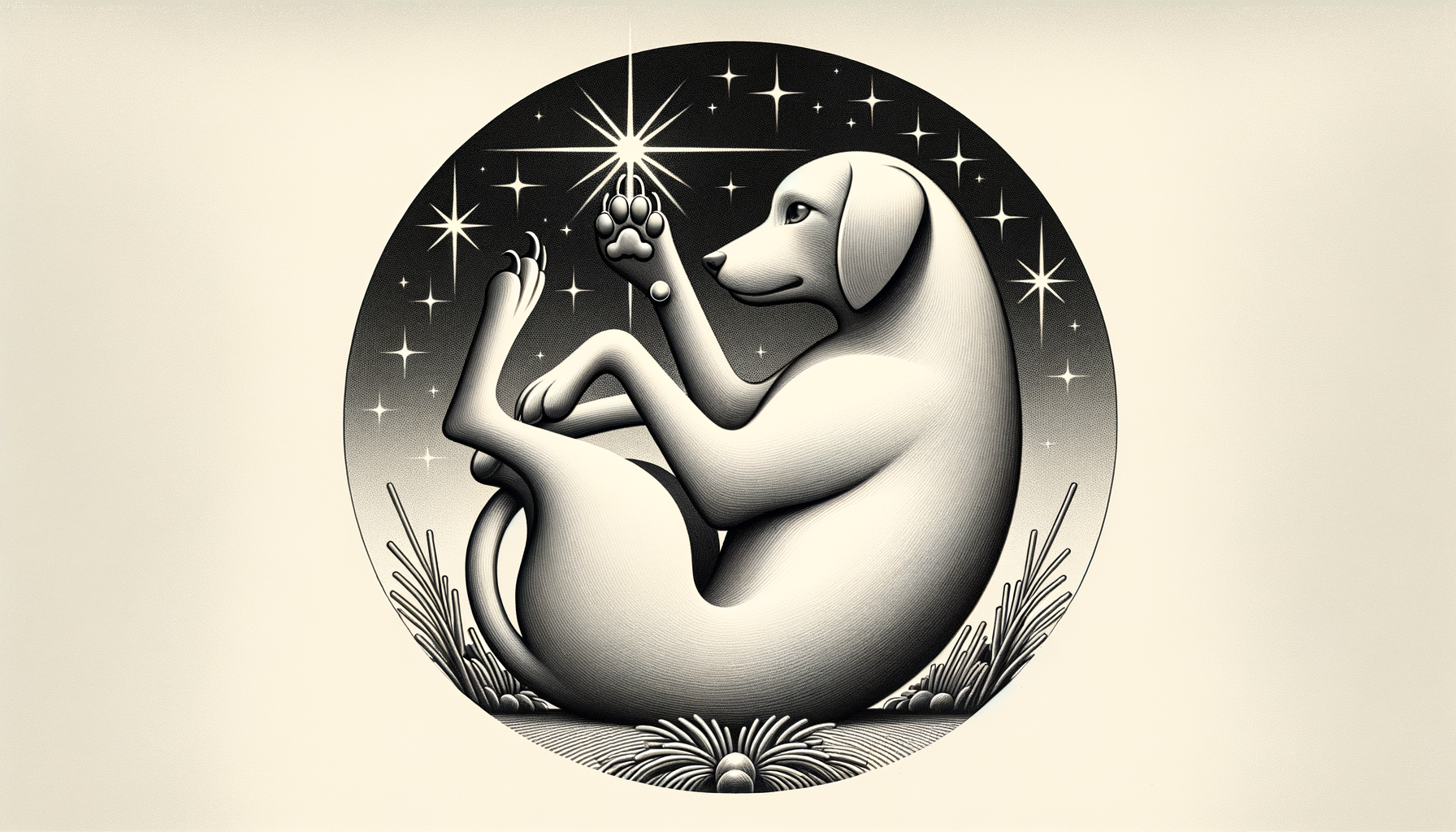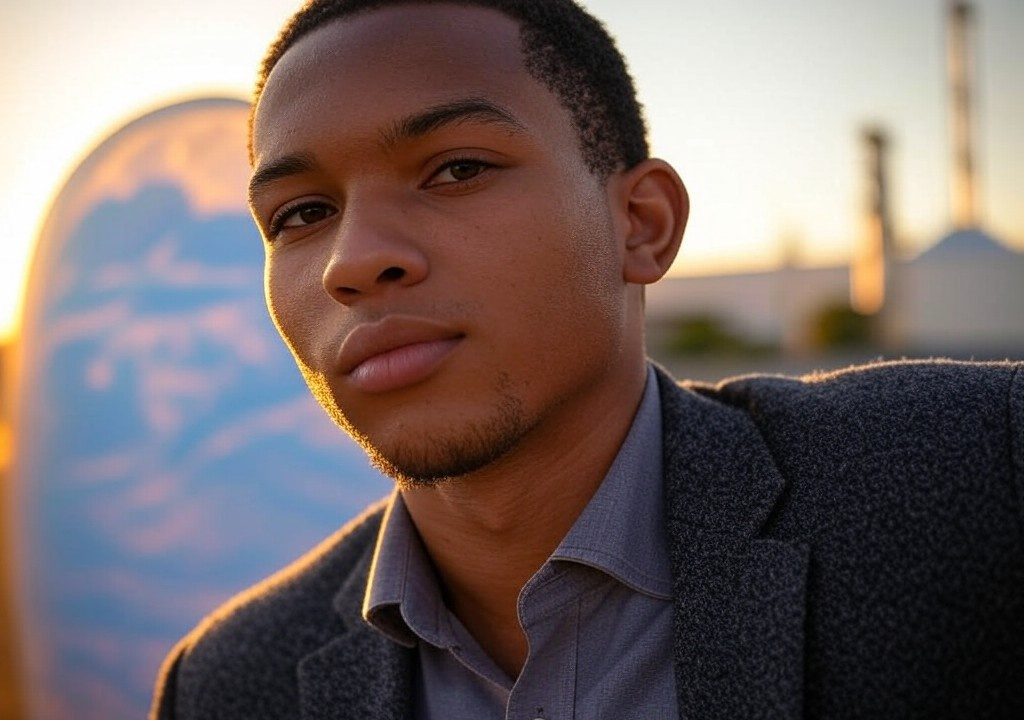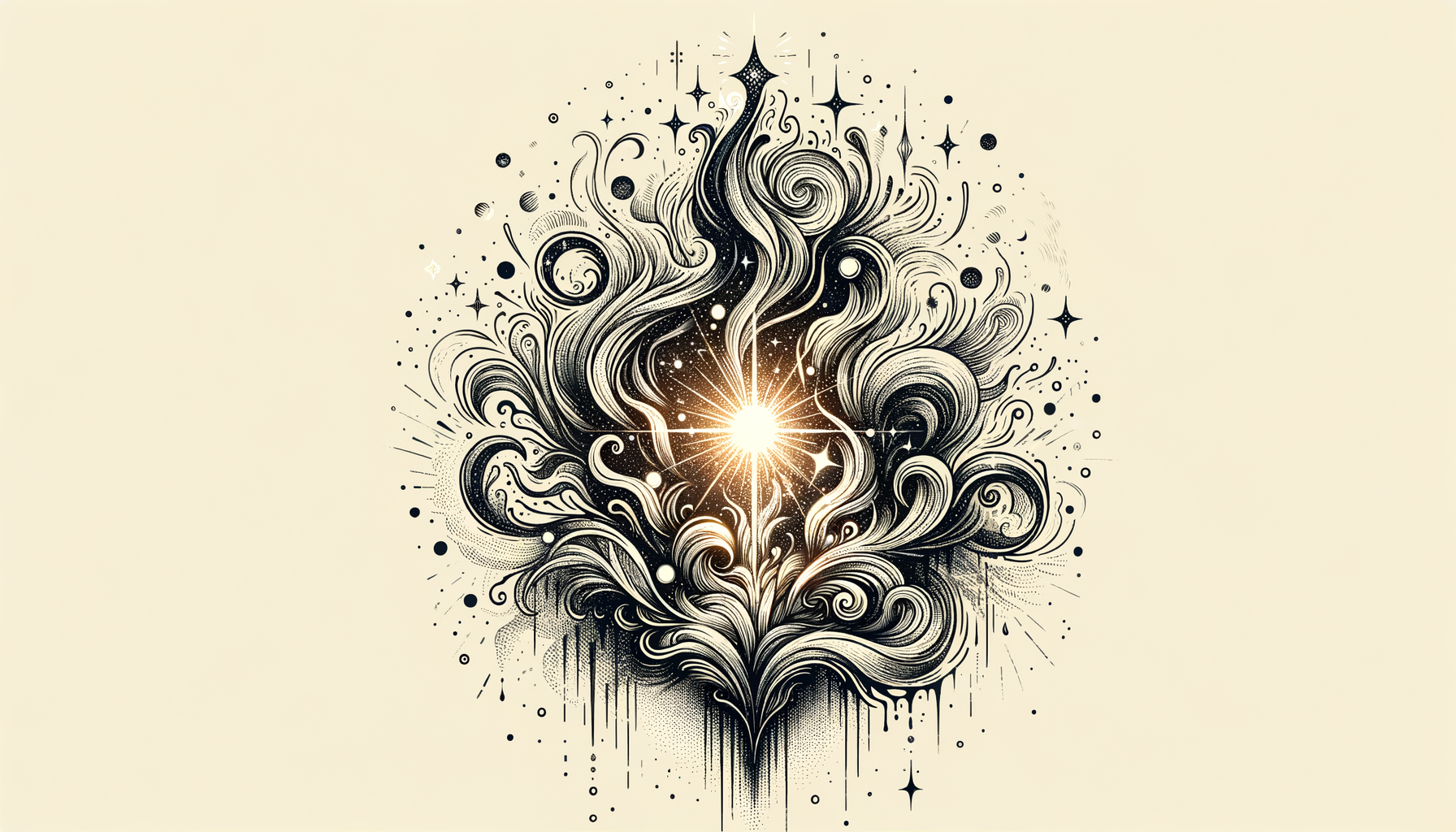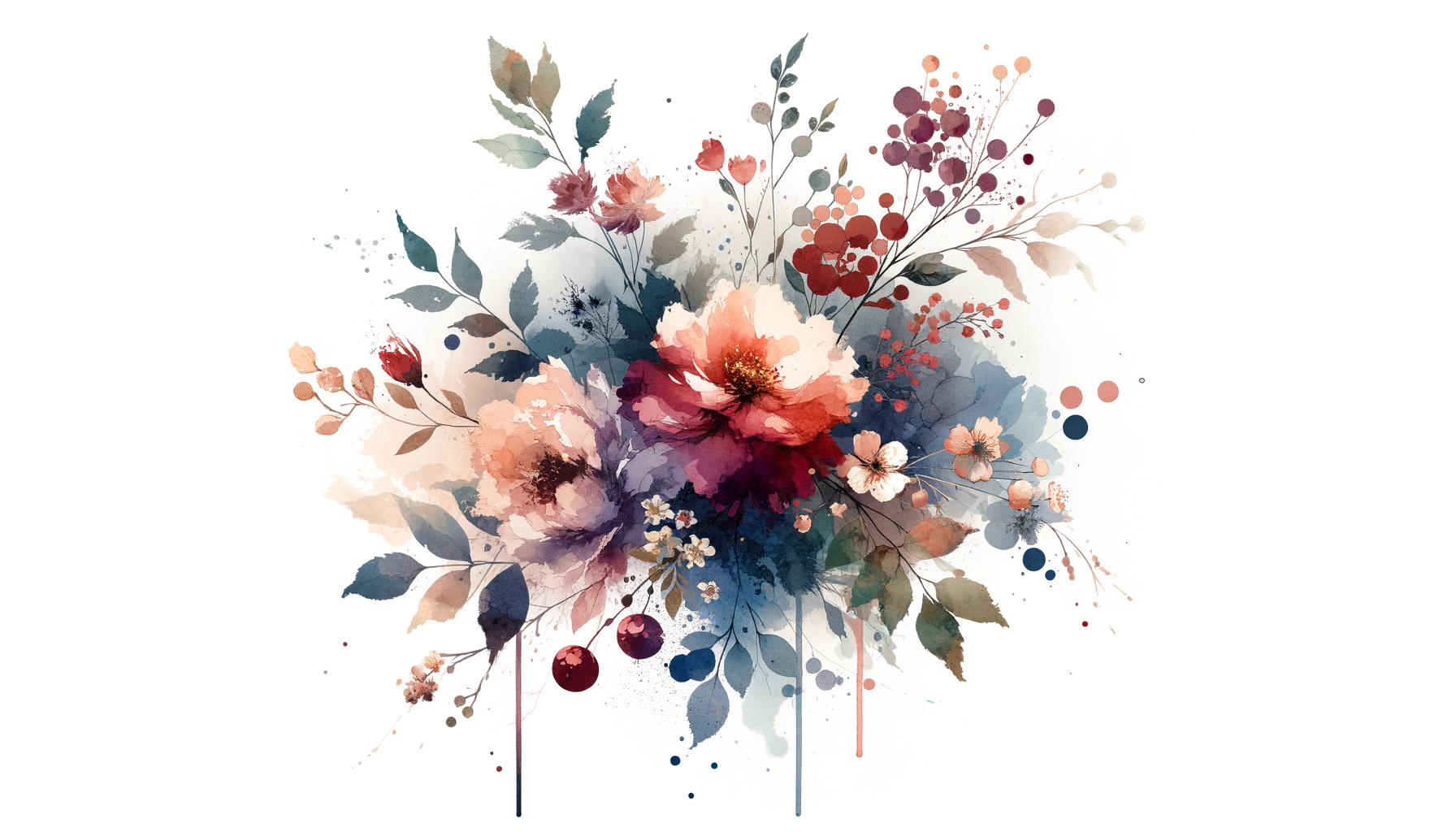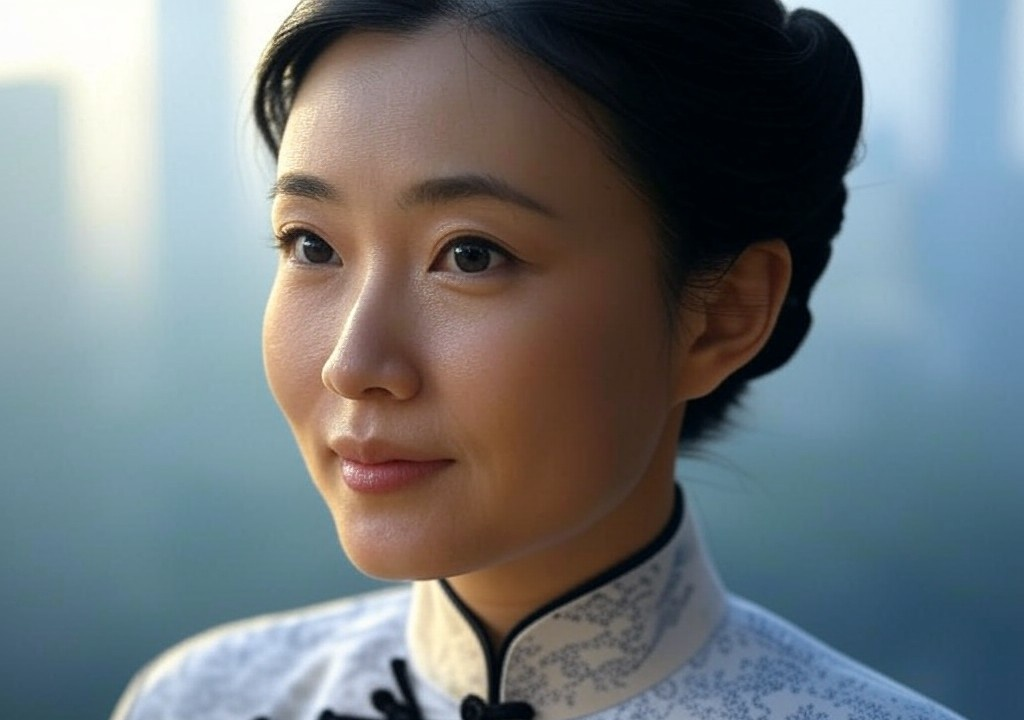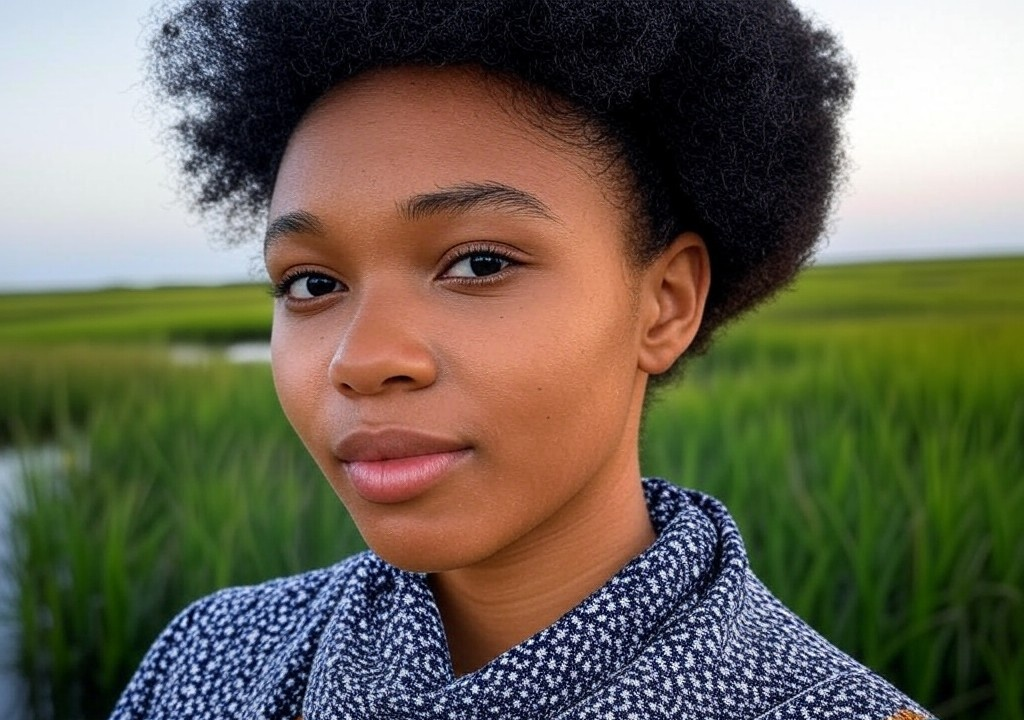I used to fear silence.
Not the kind of silence where you’re alone in a quiet room—although that can get eerily creepy when the fridge buzzes unexpectedly—but the silence shared between two people. The awkward, weighty, what-do-we-do-now kind of silence. To me, it represented failure. Failed connections. Failed conversations. Failed relationships. And I did everything I could to keep it at bay.
For most of my adult life, I was the champion of conversation fillers. If the air became too still, I would fling out anything—observations about the weather, existential questions about the universe, or, on one regrettable occasion, a detailed breakdown of my extensive knowledge on ukiyo-e woodblock printing. (Spoiler alert: no one asked for it.) But no amount of “Did you know?” saved me from going home feeling defeated, like I hadn’t quite cracked the code of human connection.
Perhaps it was my upbringing that planted the seed of that fear. In Japan, silence—or ma—is revered and meaningful in ways that Western cultures often find baffling. Yet as much as I understood its value intellectually, my Western-educated, overachieving brain fought it tooth and nail. Conversations, my inner voice insisted, needed to flow like a symphony, without pauses or jagged stops. And pauses, oh, they felt like the wrong notes bellowing over my insecurities.
But life has a curious way of flipping the script when you least expect it. For me, that flip happened during an unlikely moment involving…you guessed it, a really bad date.
The Date that Changed My Perspective
Let me set the stage for you: A small, dimly lit café in Vancouver on a rainy Tuesday night. (Yes, it was as “moody indie film” as you’re picturing.) My date, whom I’ll call James to protect his mediocrity, was charming in his profile—probably too charming, if I’m being honest in hindsight. I walked in prepared to charm back, armed with my arsenal of conversation starters.
But here’s the twist: James was a man of astonishingly few words. Monumentally few words. At first, I thought he was shy or nervous. But no, this was something else. If I asked, “What do you do for work?” he’d respond with “Marketing” and carry on sipping his overpriced oat milk latte while gazing at the window like he was auditioning for a sequel to Lost in Translation. I tried harder—asked about his hobbies, his favorite places to travel, his thoughts on artificial intelligence (broad, I know, but desperate times...). All I got were answers concise enough to fit into tweets without breaking a sweat.
The silence that filled our table felt like it was threatening to swallow me whole. My palms got clammy; my mind scrambled to salvage what was rapidly nosediving into the most excruciating evening. Did I resort to casually mentioning obscure Japanese art forms? You bet I did. It didn’t land.
By the end of the date, I was so exhausted I couldn’t even muster disappointment. I walked home in the rain, bracing against Vancouver’s unforgiving drizzle, replaying the evening like a cringeworthy reality show. And yet, somewhere in my overthinking haze, a light bulb flickered on. For all his conversational shortcomings, James wasn’t agitated by the silence like I was. He seemed totally fine with it. Comfortable, even. Maybe too comfortable. But the point was: what had terrified me for years barely fazed him.
What did James know that I didn’t? Why was he unbothered by something I thought would ruin any interaction?
Learning to Sit with Silence
That question sparked a slow but deeply transformative shift in how I approached not only dating but all my relationships. I began to study silence—not just academically, though I must confess I did read a kintsugi-inspired essay on embracing imperfection because old habits die hard—but practically, in real-life moments.
Here are a few lessons I picked up along the way:
-
Silence Creates Space for Authenticity.
Conversations don’t always need to be jam-packed with words. Silence can give the other person a moment to reflect or dig deeper before responding. It’s particularly helpful during those vulnerable conversations where people need a beat to articulate how they really feel. I noticed that when I stopped jumping in to fill every gap, people began sharing more honest, meaningful things. -
Not Every Pause Needs Solving.
A lull isn’t always awkward unless you make it awkward. Think about the best movies you’ve ever seen. There’s always an intentional quiet moment—maybe a lingering shot of a character thinking, or the stillness of the ocean before something dramatic happens. Imagine pauses in your conversations as those cinematic moments. They’re not empty; they’re brimming with potential. -
It’s Not About You.
Part of my anxiety stemmed from the misguided belief that silence meant I was failing in some way—that I wasn’t interesting, funny, or witty enough to fill the air. But here’s the thing: silence is rarely about you, and trying to control it can make you come across as overbearing. Sometimes it’s just an organic part of interaction. Let it be.
Small Ways to Practice Embracing Silence
If you’re interested in making friends with silence rather than treating it as your mortal enemy, here are a few baby steps I tried that worked for me:
-
Start Small. Challenge yourself to pause for three seconds before responding in your next conversation. (Yes, it’ll feel weird at first—like holding a yoga pose mid-stretch. Stick with it.)
-
Silent Walks with Friends. Ever tried strolling alongside someone without talking the entire time? It’s surprisingly soothing and oddly connective. Plus, if you’re lucky enough to walk during cherry blossom season, the silence basically narrates itself.
-
Put the Phone Down. Scrolling Instagram or checking your notifications during a pause? Yeah, we’ve all done it. But resist the impulse. Look at the person across from you instead. They’re likely much more interesting than that latest trending reel.
Letting Silence Speak for Itself
These days, I no longer feel the crushing pressure to keep chatter alive at all costs. I’ve accepted that moments of stillness are like the spaces between brushstrokes in sumi-e ink painting. Without them, the artwork (or in this case, the relationship) loses its balance, its resonance.
That newfound comfort with silence actually helped me navigate my own relationships better, romantic or otherwise. I find myself more present during conversations, less frantic about what to say next, and more curious about what will naturally unfold. Sometimes, the best answers come in those tiny pockets of quiet. And sometimes, they don’t—but that’s okay, too.
So if you’re someone who dreads the hush as much as I used to, take it from me: learning to live with silence is like learning to listen to the unplayed notes in a Ryuichi Sakamoto piano piece. It feels awkward at first, but somewhere along the way, you start to realize it’s where the magic happens.
And no, I never went on another date with James. But in a way, I have him to thank for helping me conquer a fear I didn’t even know how to name.


